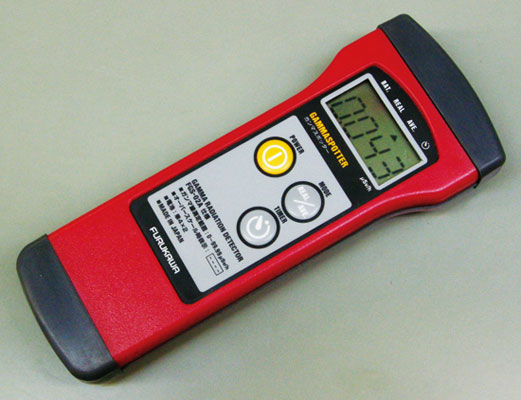Business trend:
Fujitsu got a
formal order for its supercomputer from the Meteorological Agency of Taiwan.
The supercomputer going to Taiwan is the “PRIMEHPC FX10” developed by Fujitsu
that is the commercial version of Japan’s supercomputer “Kei (K).” Although IBM’s
supercomputer became the world’s best beating the K on June 18, but Fujitsu is
receiving inquiries from national agencies and universities of newly
industrialized countries, and some of them include the construction of an
information system.
While U.S.
supercomputers enjoy the dominant position in the world supercomputer market
thanks to stable demand from military concerns worldwide, Japanese
supercomputers show strength in such fields as meteorology and disaster
prevention. Fujitsu’s president showed his company’s determination to pursue
the world’s No. 1 position in the general shareholders’ meeting. Fujitsu plans
to increase the sales of supercomputers from the present 20 billion yen to 100
billion yen by 2015, aiming at 10% share in the world supercomputer market.
Fujitsu's supercomputer PRIMEHPC that goes to Taiwan












